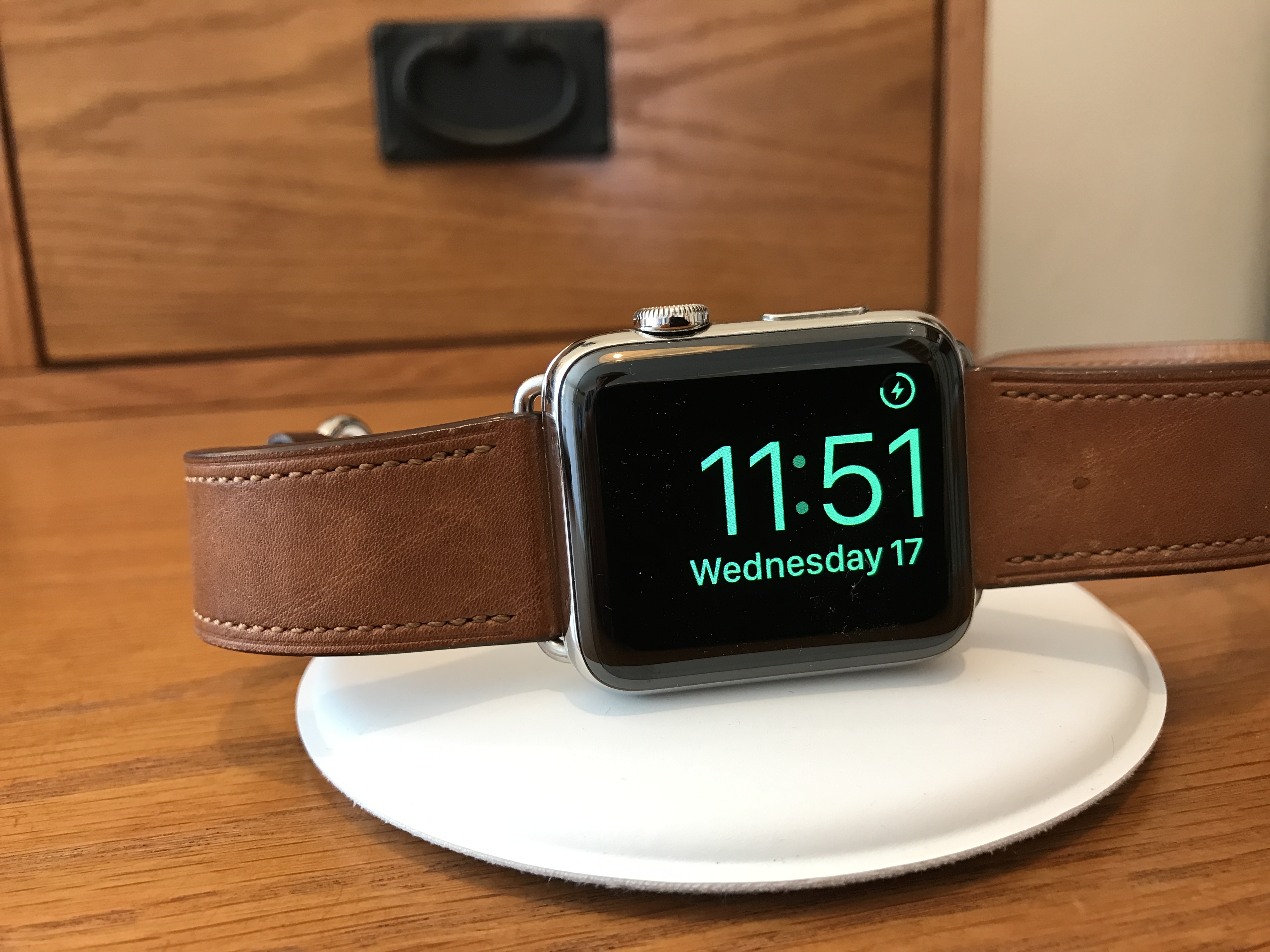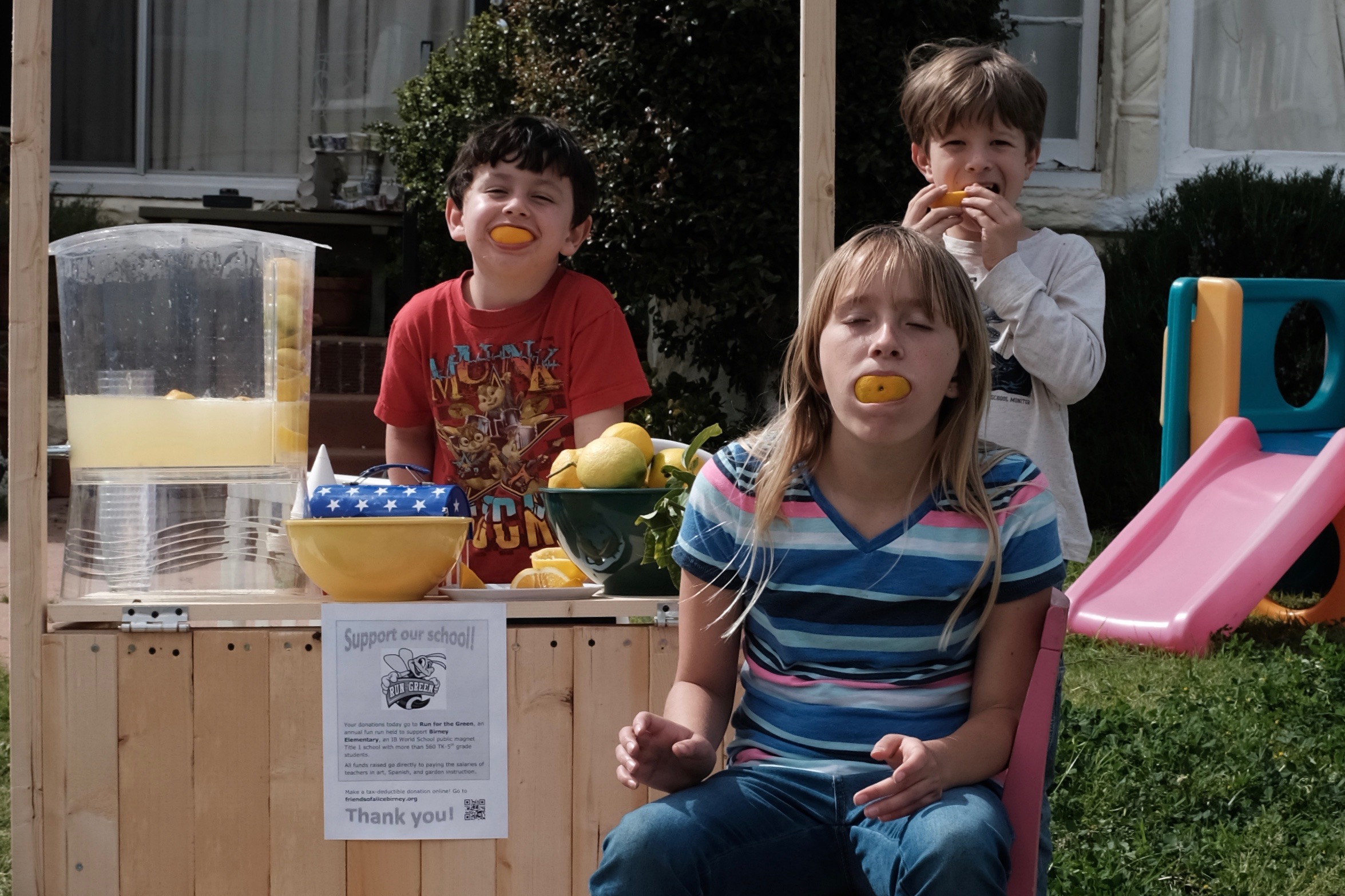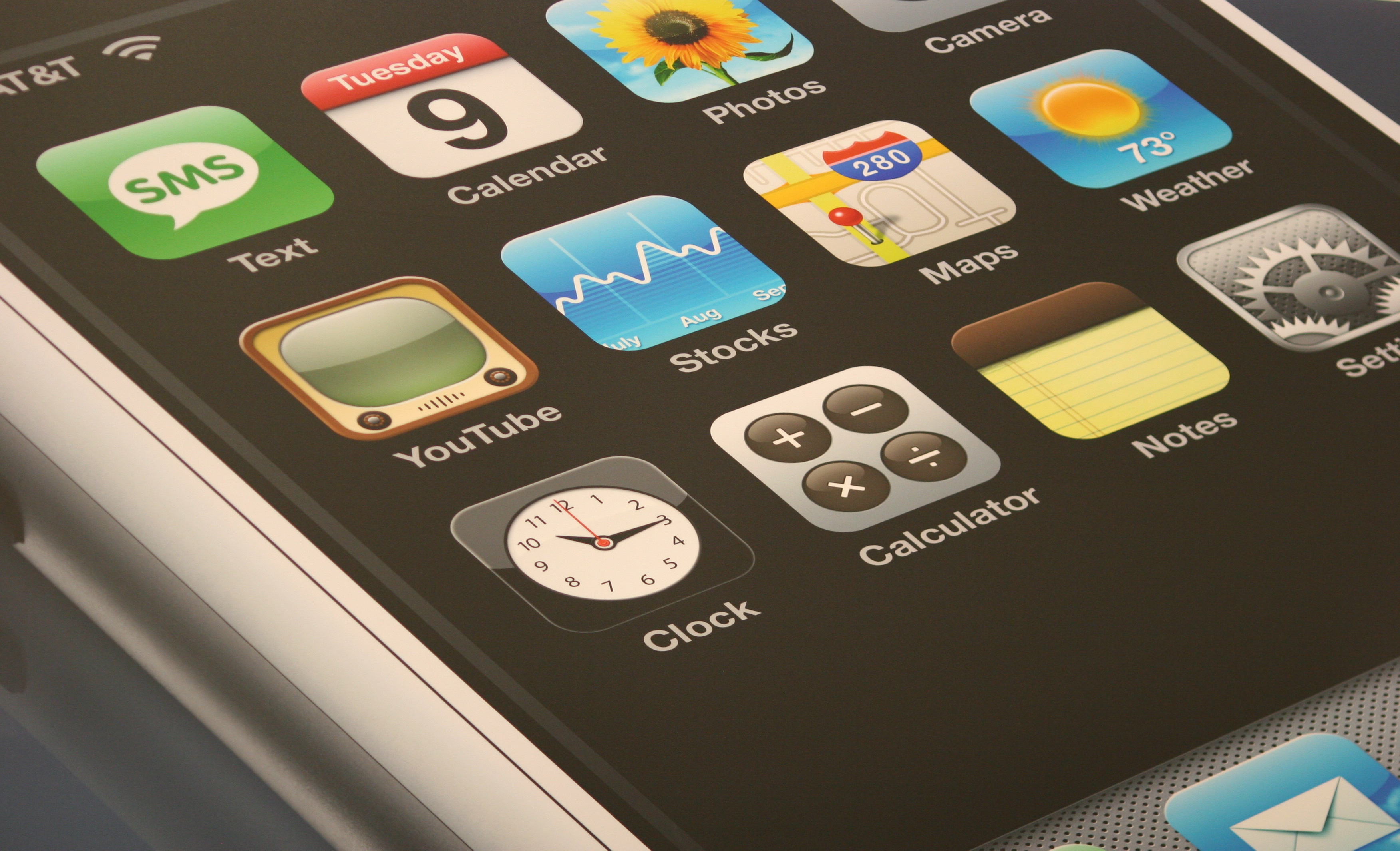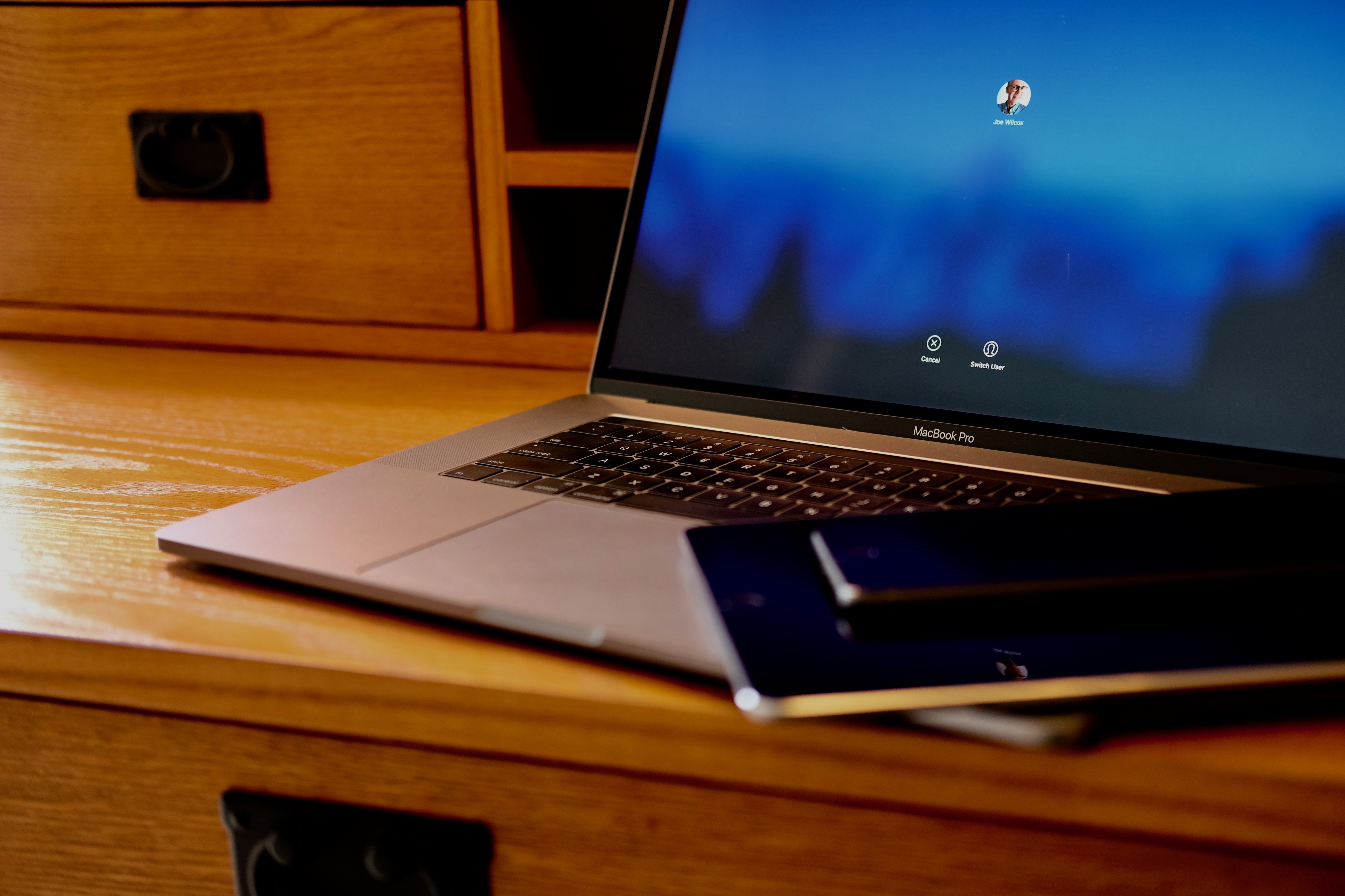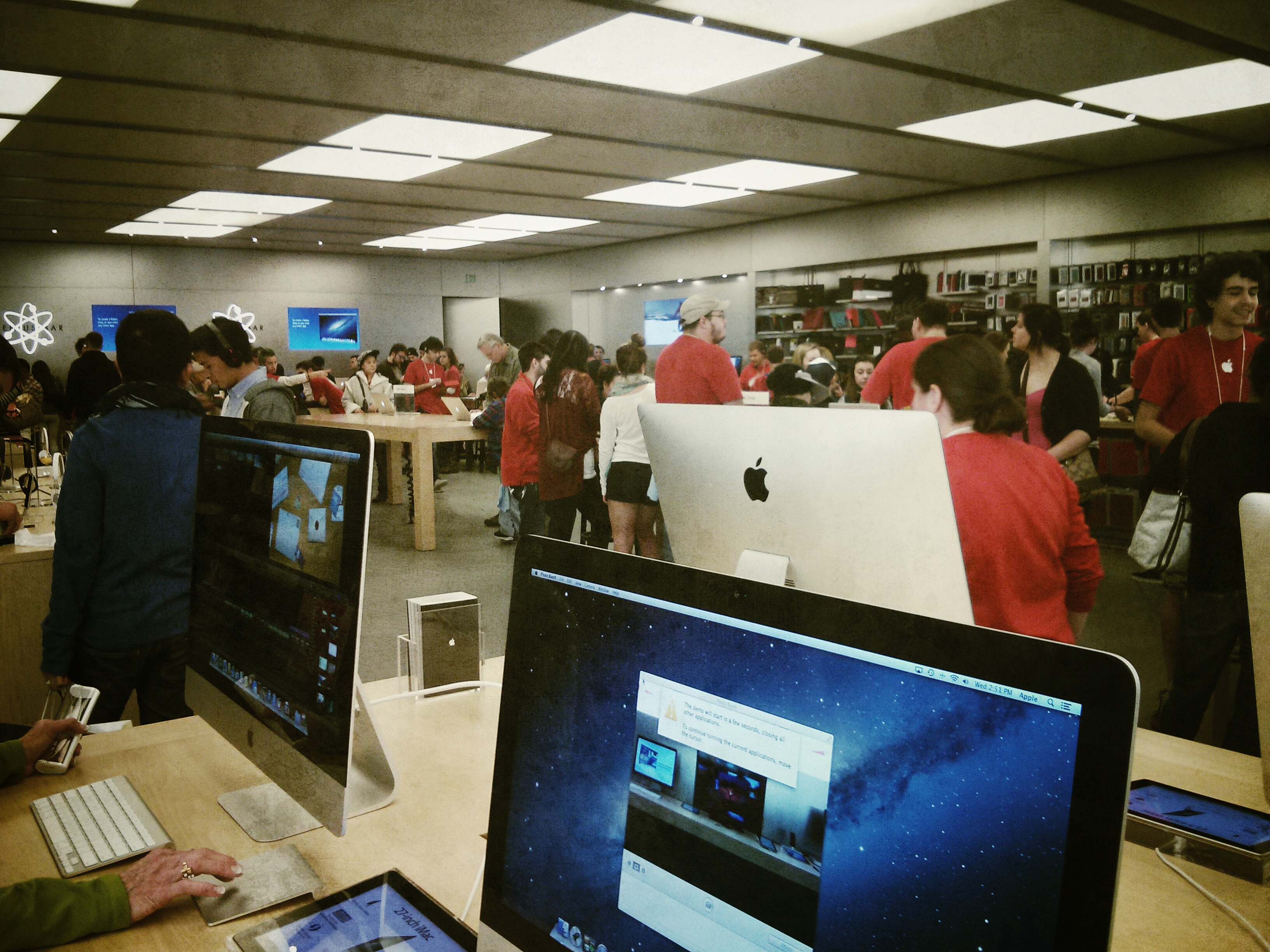Next week, iPhone is 10 years old; sales started on June 29, 2007. Please see my post about that day—”The iPhone Moment“—and another on the tenth anniversary of the device’s unveiling, “The iPhone Metaphor“, from January of this year. Strangely, I celebrate by abandonment. Twelve days ago, my family switched to Verizon from T-Mobile, and in process I gave up iPhone 7 Plus.
Appropriately perhaps, as I write this sentence, Talk Talk’s “Living in Another World” streams from Tidal. Yeah, that’s me, with respect to iPhone 7 Minus—what I started calling the thing after learning that Apple makes two models, one of which in part is incompatible with Verizon and other CDMA carriers. You want model A1661 and not A1784. Rather than get another Minus, I chose to try something else: Google Pixel XL, which overall user experience is as good and in many respects so much superior.

